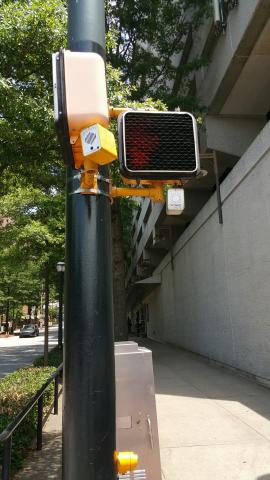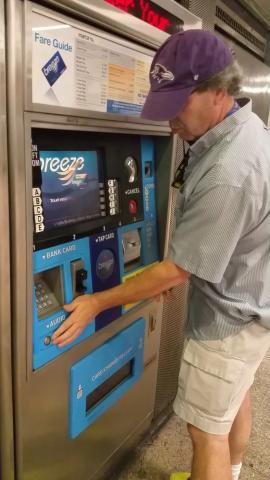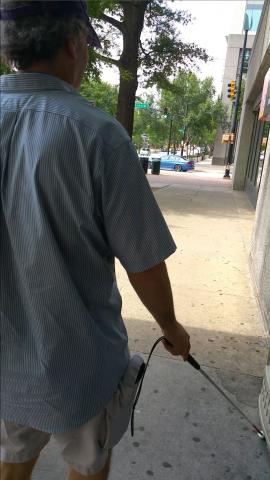Effects of Hearing Loss on Aging with Vision Disability
Principal Investigator
Carrie Bruce, Ph.D., CCC-SLP
Team
Katharina Echt, Ph.D.; Bruce Walker, Ph.D.; Sherri L. Smith, Au.D., Ph.D. Partners: Karissa Bedi, M.Ed., COMS, CVRT
Overview
Some researchers have suggested that older adults who have combined vision and hearing difficulties are more likely to have problems with activities outside of the home (community mobility) compared to their peers with neither or only one of these difficulties (Wahl, et al, 2013). Changes in hearing that occur as part of the natural aging process can affect how people hear sounds that are crucial to understanding your surroundings. Age-related hearing loss can also impact the potential benefit of technologies considered helpful to people with vision impairment such as white canes or talking crosswalks. We sought to study these issues to learn more about how adults with vision impairment get around their communities using technologies and strategies that have sound output, and investigate the effects of hearing loss on these activities.
We performed interviews and conducted a survey with adults who reported having vision impairment. Some of them also reported having hearing loss. We found that a majority of these adults continue to independently get out in their communities four or more days per week as they age. Those with combined vision and hearing loss mentioned that their hearing issues only minimally impacted how often they get out into the community. We also learned that whether they have hearing loss or not, adults with vision impairments most often use white canes, listen for familiar sounds, and rely on directions from crosswalks to independently get around. These technologies and strategies are generally successful except for poor sound quality coming from crosswalks and when competing noises such as traffic, construction, or weather (e.g., rain, wind, thunder) interfere and make it hard for people to hear important sounds. This research highlights the necessity for the design of future hearing and navigation technologies to be informed by the needs of adults with vision impairments and the potential effects of age-related hearing changes.



Select Publications
Bruce, C. and Echt, K. (2019). Sound-Based Technologies and Strategies Used for Community Mobility by Adults with Vision Disability. (TechSAge-TR-1904). Atlanta, GA: Georgia Institute of Technology, Rehabilitation Engineering Research Center on Technologies to Support Successful Aging with Disability.
